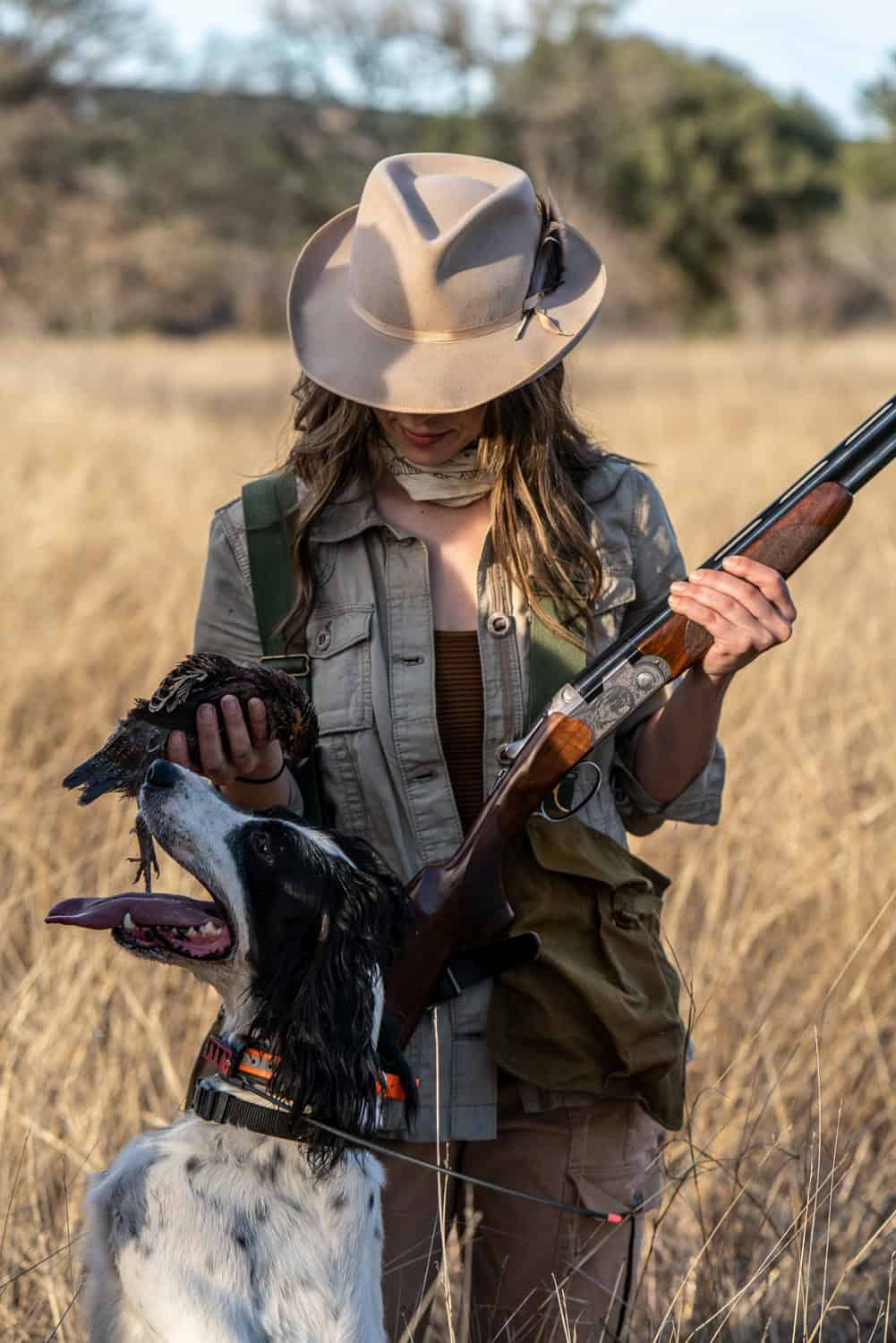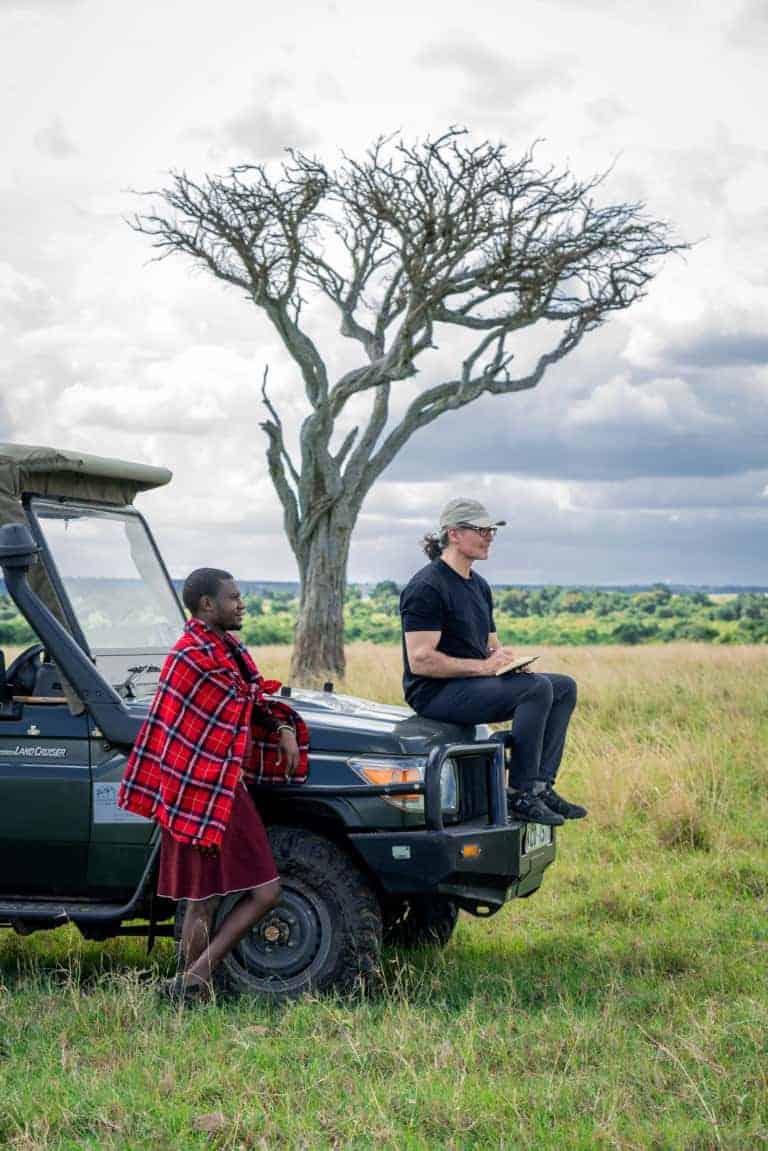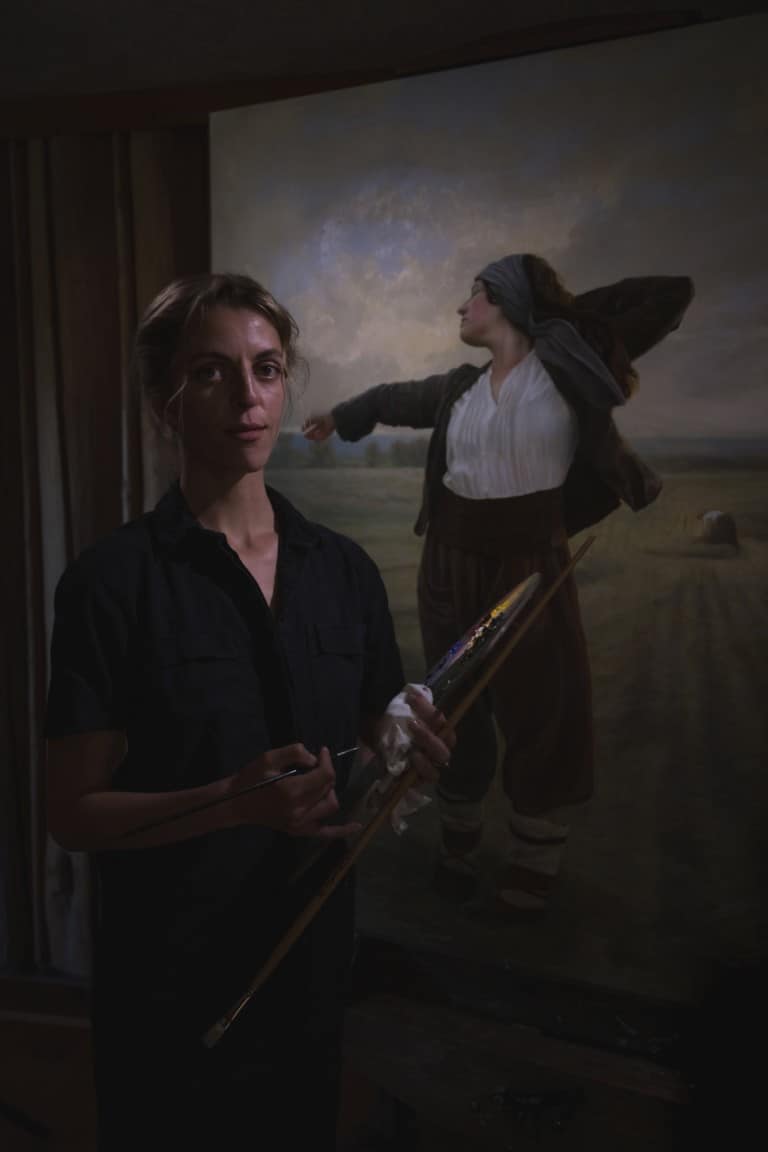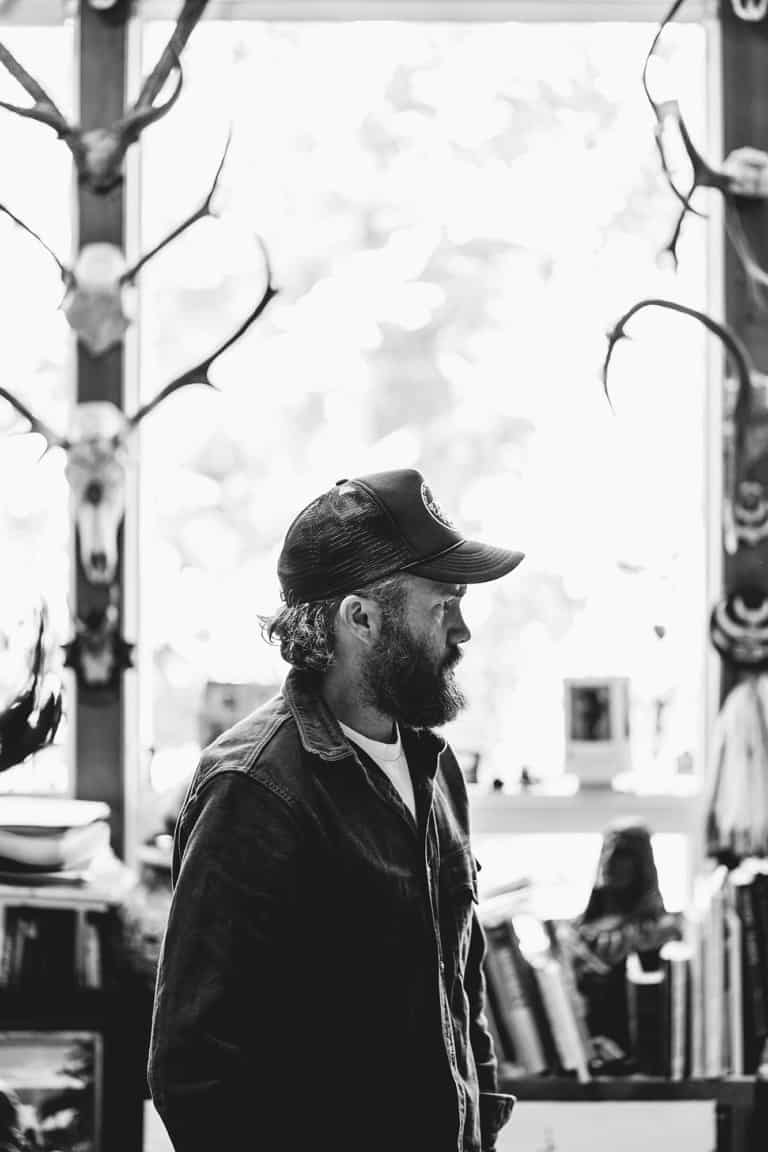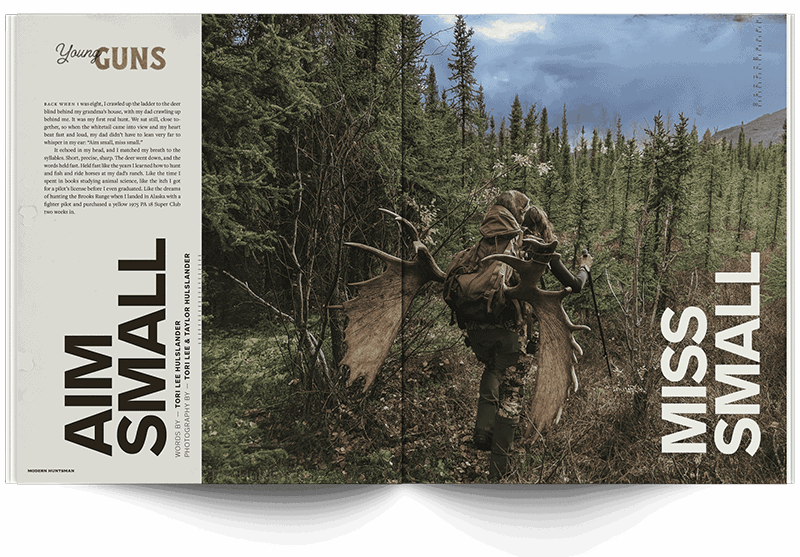It was no surprise to walk into the Modern Huntsman Art Director’s home studio and find her with a paint brush and knife in one hand, adjusting freshly shucked oysters on a table with the other, and surrounded by canvases with growing still lifes. As one of the publisher’s leading illustrators, it’s a common scene to find Caris Fawcett in the field, on the road, or at home surrounded by art supplies and freshly foraged food or hunted game. A woman who lives her work out loud, Caris’ ability to capture the depth of the outdoors in pencil, watercolor and oil paint can only be found by someone who immerses themselves in their subjects. Her intimate knowledge of color and light are most recently felt in The Modern Huntsman Cookbook– an oil painting that lives framed in green leather and cream linen on the cover of a book celebrating meals made and earned in wild places. Over an evening of shucking oysters, Contributing Editor Chelsea Rosson chatted with one of Texas’ most beloved artists about her process to create the cover for Modern Huntsman’s first cookbook.
Caris Fawcett: To create that scene and to take people there, to take them into that moment, it’s just such a beautiful process. I’m so inspired by the French and American Masters that recreate those scenes. We can showcase all of these animals in their natural habitat. We can showcase food on the table. We can showcase how to make the recipes too. Storytelling– there’s just something else there when you’re able to transport the person to the actual scene. It’s something that hunters are aware of and reminiscent of.
The whole cookbook is celebrating the story of connecting
